A quick glance of the feature article (see Obesity: Prevention Starts Early on page 5) reveals just how much of a problem childhood obesity is becoming. Sedentary lifestyle is a major factor leading to obesity, so encourage your child to have a physically active lifestyle. Always ask yourself, is physical activity important for my child’s health now and their future?
Making physical activity a part of your child’s daily life gives him the maximum benefit in terms of achieving healthy growth and development, better selfesteem, stronger bones, muscles and joints, better posture and balance, and a stronger heart. Children who maintain a physically active lifestyle also tend to be in the healthier weight range, have better social interaction with friends, and generally focus and concentrate better in school.
Motivating his interest
There are many physical activities that can entice or influence your child to be more physically active. These include simple activities (e.g. walking, running), activities that need equipment (e.g. skating, cycling), and activities that need special facilities (e.g. rock climbing, jump centres).
If this is the first time that you are getting your child started, do allow him to ease his way into it. The physical activity should suit his level of physical ability – don’t expect him to run a marathon if he cannot even run five laps around the playground! Too much too soon can result in injury, so play it safe.
The three different types of activities for healthy growth and development:
- Endurance or aerobic activities (e.g. running, swimming)
- Flexibility (activities that involve stretching, e.g. ballet, yoga, gymnastics)
- Strength (e.g. climbing, push ups, pull ups)
Getting started
Set an example to interest your child in a physically active lifestyle! If you have doubts about his physical capability, talk to his doctor and ask for suggestions on what is suitable. A qualified physical exercise trainer can also advise you on suitable frequency, duration, intensity and type of physical activity. However, physical activity for most young children is mainly about active play and having more opportunities to move around and explore their surroundings.
Other factors that you may consider include:
Find a suitable activity.
If you love hitting the gym or running marathons – be aware this is not developmentally appropriate for young children. Football, cycling, swimming, or some low-medium energy activity would be a good start. Indoor rock climbing or trampoline jumping are exciting for kids and improves motor skills. However, supervision is required.
Stick with toys that promote activity.
Young children especially should be encouraged to play with balls, jump ropes, tricycles, mini trampolines, frisbees, water balloons, and other toys that encourage physical activity.
Limit TV, computer, and gadget usage.
The recommendation by the American Academy of Pediatrics is to limit the time young children spend on screen time use (as it is a sedentary activity) to not more than one hour per day of high-quality programmes for children between 2-5 years, and consistent limits for children 6 years and older. Media use should never affect adequate sleep, physical activity and other behaviours essential to health.
Make it fun for him.
Find something he enjoys and there is every chance he will continue, e.g. if your toddler likes to play with water, teach him how to swim. For best results, get the entire family involved as this is an excellent way of spending quality time together. As children enjoy being more active outdoors, parents must make the most out of this opportunity.
Plan ahead and think of safety.
Activities that involve facilities (e.g. swimming, rock climbing, jump centres, etc.) usually require some planning, e.g. booking ahead of time, know the operation hours, etc. Safety is another important consideration, e.g. helmets and other safety accessories for cycling, skating, or skateboarding. Check if the sport or activity is safe for his age, and his clothing and shoes are comfortable and appropriate for the activity.
Make time for active play.
Avoid overscheduling your child with too many activities that are not physical in nature, e.g. music classes or other academic-related ones. Allocate some time for physical activities or sports.
Topping up his tank
Being active often means sweating. To rehydrate, offer water or even milk as part of his recommended intake of 2-3 servings a day. Sports or energy drinks are high in sugar and sometimes soda, caffeine or herbal ingredients, therefore, it is not recommended for young children. Avoid juice drinks and limit 100% juice which has a significant amount of sugar. Plain water is still best, the amount of water needed can vary depending on the child’s age, weight, intensity of the activity, and weather conditions. If hungry, give nutritious food like egg sandwiches, crackers with cheese, banana milk shake, or bean/meat pau for healthier body replenishment.
Avoid overdoing it
Take care that your child does not overdo or over exert himself in physical activities. Remember to tell him to listen to his body. If he feels any pain or discomfort, he should slow down or go for a less vigorous activity.
The same applies for family activities – they should be fun and should not be made competitive. Do not neglect other aspects of a healthy lifestyle such as eating a healthy and balanced diet and also getting enough sleep. Lastly, don’t forget to work on understanding your child’s psychology.
An educational collaboration with Nutrition Society of Malaysia.

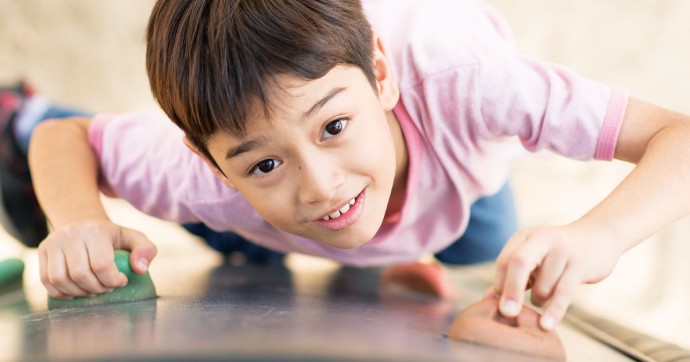
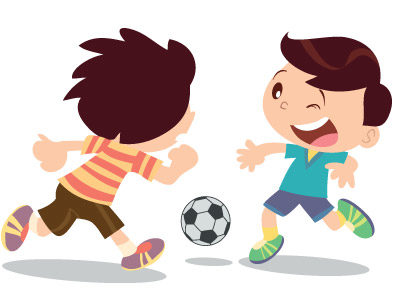
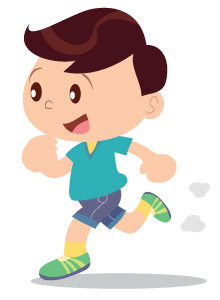
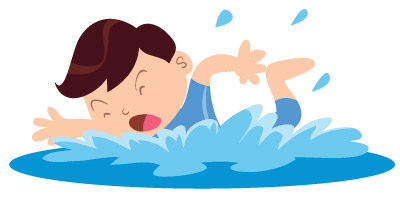
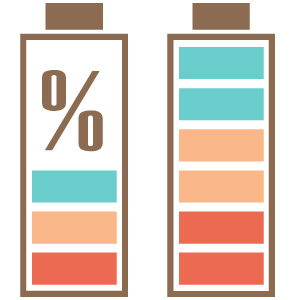




Comments